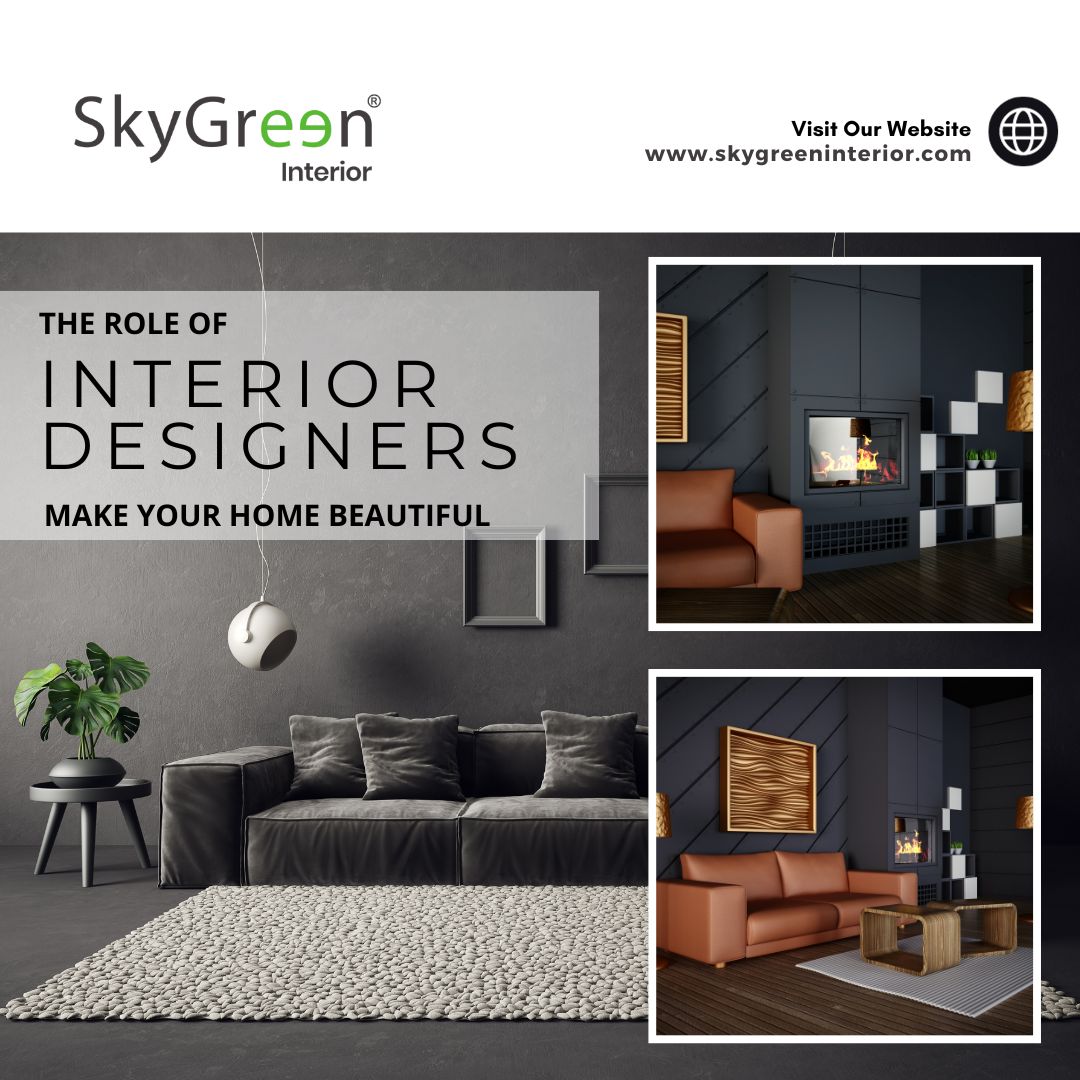Interior designers are the creative visionaries behind the transformation of spaces, turning ordinary rooms into remarkable environments that are not only aesthetically pleasing but also highly functional. Their role extends far beyond choosing color schemes and furniture; they are the architects of ambiance, the curators of style, and the orchestrators of functionality. In this blog, we will delve into the multifaceted role of interior designers in the art of transforming spaces.
The Visionaries Role of Interior Designers
Interior designers possess a keen eye for aesthetics and a deep understanding of design principles. They leverage their expertise to create spaces that captivate the senses and leave a lasting impression. Here’s how they do it:
1. Color Harmony:
Interior designers select color palettes that set the mood and evoke emotions, ensuring that the colors complement each other and resonate with the space’s purpose.
2. Spatial Arrangement:
They carefully plan the layout of furniture and decor to optimize flow, functionality, and visual appeal.
3. Texture and Materials:
Designers incorporate a variety of textures and materials to create depth and interest in the space, using materials that are both beautiful and practical.
4. Lighting:
They strategically plan lighting to enhance the space’s atmosphere, whether it’s creating a cozy ambiance or illuminating task areas effectively.
The Architect Functionality Role of Interior Designers
Beyond aesthetics, interior designers are masters of functionality. They analyze the specific needs of a space and tailor their designs accordingly:
1. Ergonomics:
Designers consider the comfort and well-being of the occupants, ensuring that furniture and layouts are ergonomic and supportive.
2. Storage Solutions:
They create innovative storage solutions that maximize space and reduce clutter, making the most of every inch available.
3. Traffic Flow:
Interior designers ensure that spaces are easy to navigate, whether it’s a busy office or a cozy living room.
4. Sustainability:
Many designers prioritize eco-friendly materials and practices, contributing to the sustainability and longevity of the space.
The Problem Solvers
Interior designers are skilled problem solvers. They address challenges and obstacles that may arise during a project:
1. Budget Management:
Designers work within the budget constraints of their clients, optimizing resources to achieve the desired outcome.
2. Project Management:
They coordinate various aspects of the project, from procurement to installation, to ensure that everything runs smoothly and on schedule.
3. Adaptability:
Designers are adaptable and find creative solutions to unexpected issues that may arise during the design and construction phases.
Conclusion
The role of interior designers in transforming spaces cannot be understated. They are the alchemists who blend aesthetics, functionality, and creativity to breathe life into rooms, creating environments that align with the client’s vision and needs. From homes to offices, hotels to restaurants, interior designers are the unsung heroes behind spaces that inspire, comfort, and impress. Whether you’re looking to revamp your living space or design a functional workspace, consider partnering with an interior designer to bring your vision to life and witness the remarkable transformation of your space.




